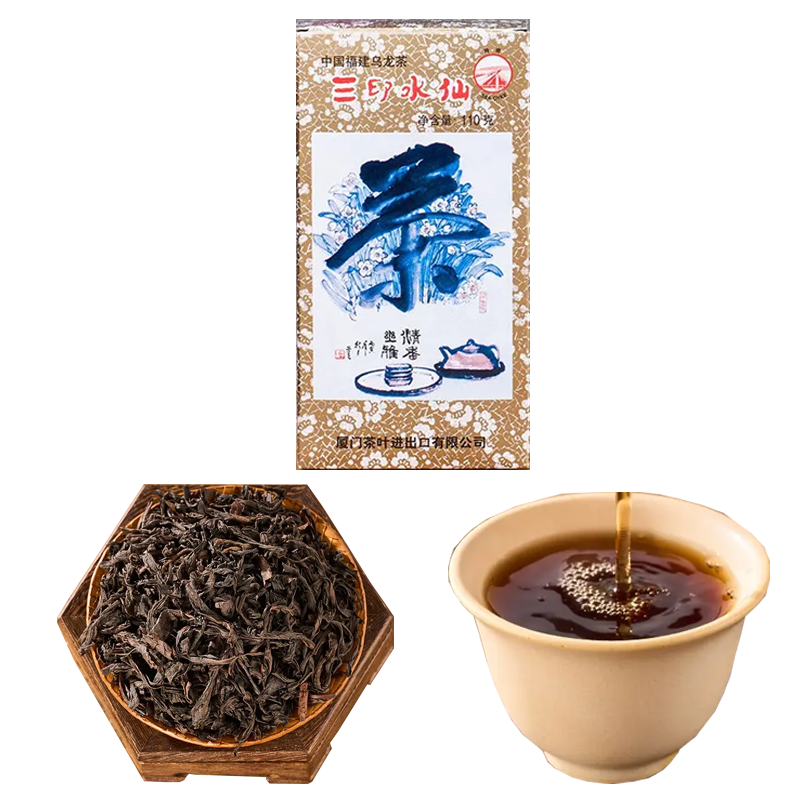
Originating as one of the oldest beverages known to mankind, tea does not only quench one’s thirst but is a form of art that passes through generations with rich values. As such, throughout history tea has connected communities, aided health, and transformed itself into an international commodity through trade. This article takes a closer look at the rich culture and history of tea in China, discussing the most popular types and their characteristics.
Origin of Tea in China
Through ample historical evidence, it is believed that tea originated in northern China at around 700 BC, however, it gained prominence during the Tang Dynasty (618–907 AD) due to its health advantages. Initially utilized merely for its healing benefits, tea became one of the most cherished aspects of the Chinese culture. The Song Dynasty developed new methods of preparing, and the Ming Dynasty shaped and characterized the first loose tea leaves that are commonly used today.
Categories of Chinese Tea
As with Chinese culture and customs, tea is further defined into art – six varieties, green, black, white, oolong, yellow, and dark (which includes pu-erh) are the main types of teas produced and consumed in China.
Green Tea: Chinese tea of this type is the most famous one when it comes to grass like taste with summer tonalities. Popular examples of this tea are the Longjing (Dragon Well) and Biluochun.
Black Tea: A wide variety of black tea such as Keemun has a high concentration of malt and is rich in flavor, usually used plain or with milk.
White Tea: White tea, often referred to as Silver Needle, has a very soft and delicate floral flavor with sweet tones and very low amount of processing.
Oolong Tea: It includes tea such as Tieguanyin and Da Hong Pao. Being a relatively less oxidized form of tea, it is known to have floral and roasted notes.
Yellow Tea: Yellow tea is the missing link between green and oolong, with its subtleties that are smooth and perfect. However it is rare.
Dark Tea: It is a fermented tea category that includes pu erh that is more earthy and has a deep flavor and tonal range.
Health Benefits
This Chinese tea includes antioxidant nutrients that fight oxidative stress while assisting the heart. Metabolism is aided by green tea, while pu erhs facilitate digestion. Oolong and black teas exhibit many compounds that stimulate mental alertness, and thus Chinese tea is highly regarded by well-being lovers.